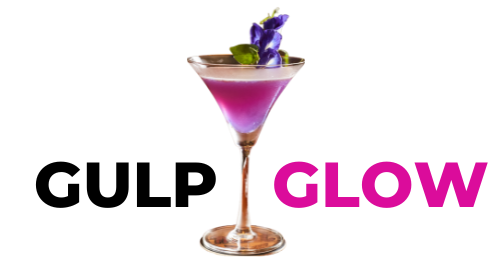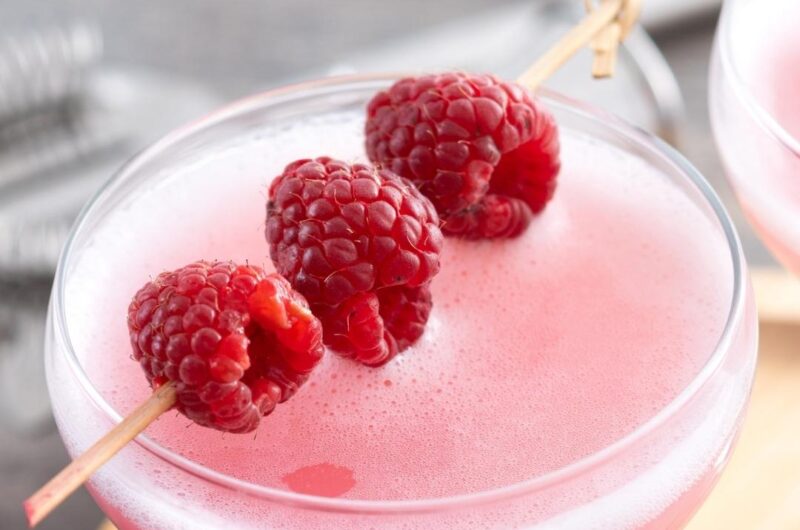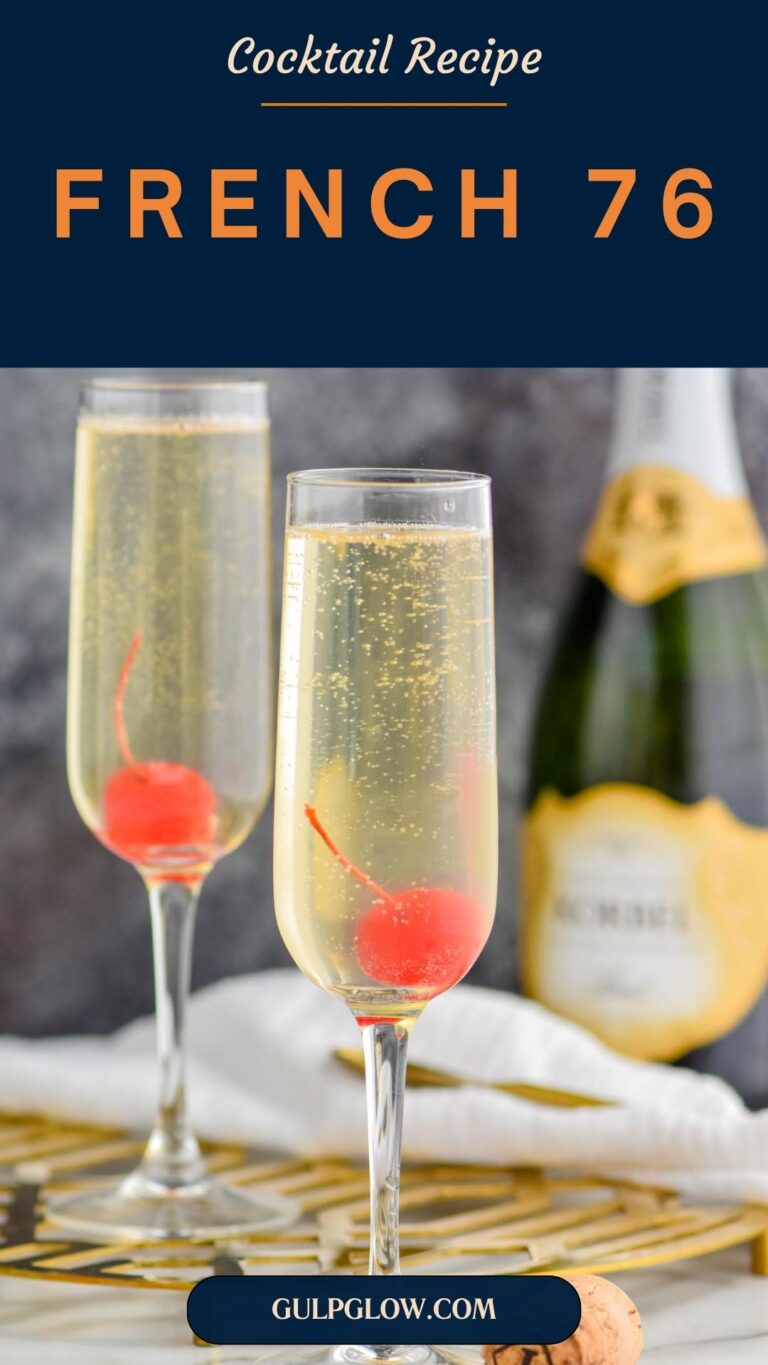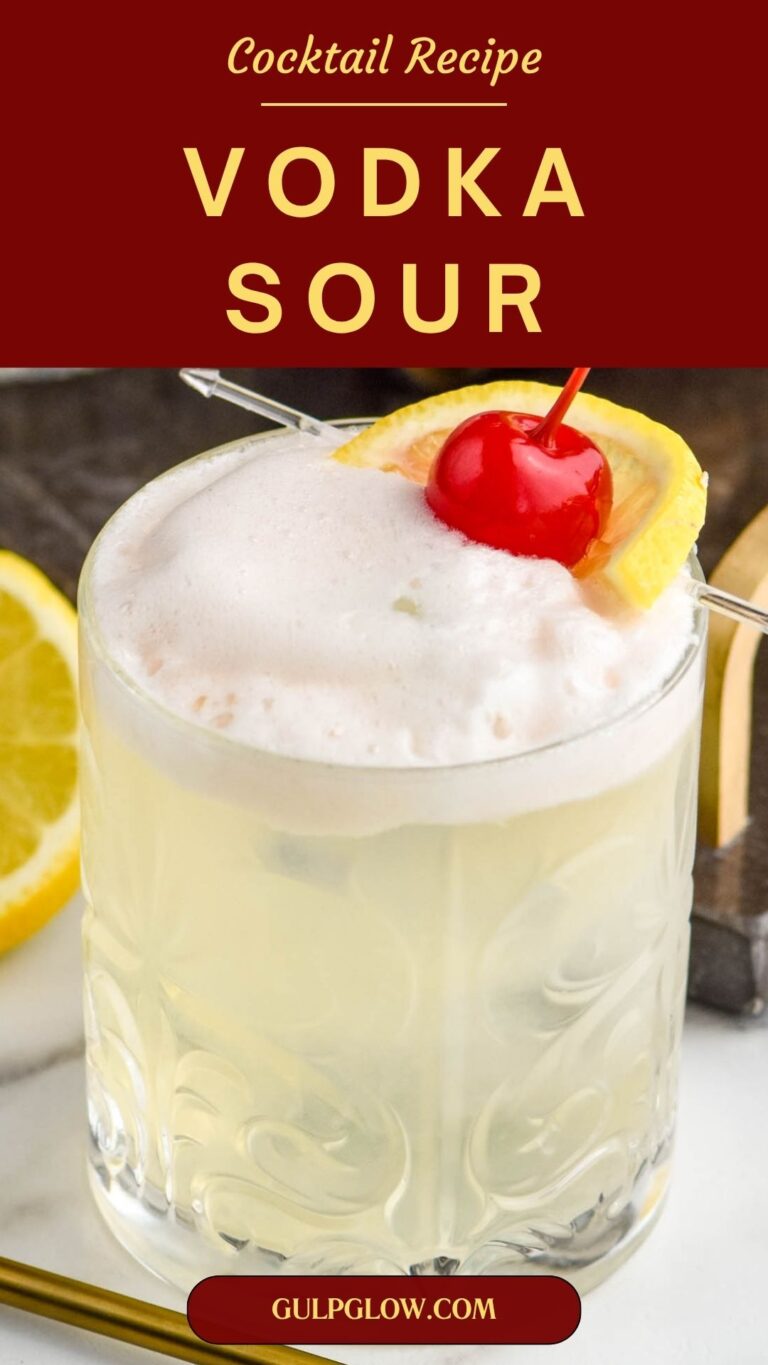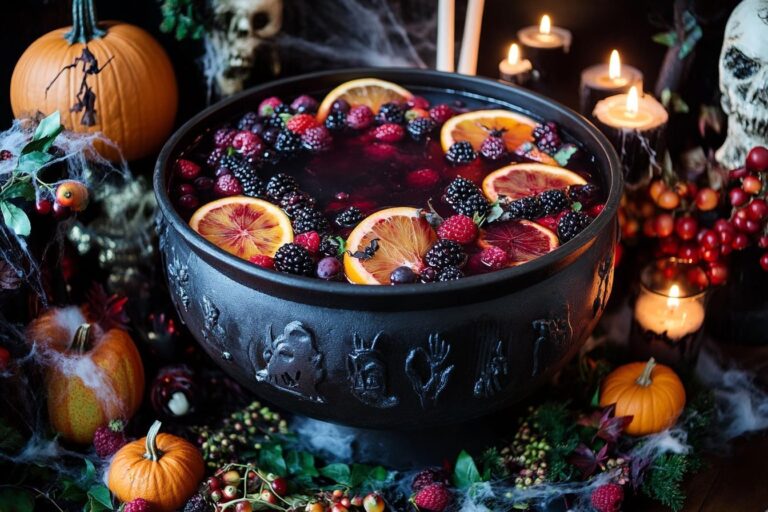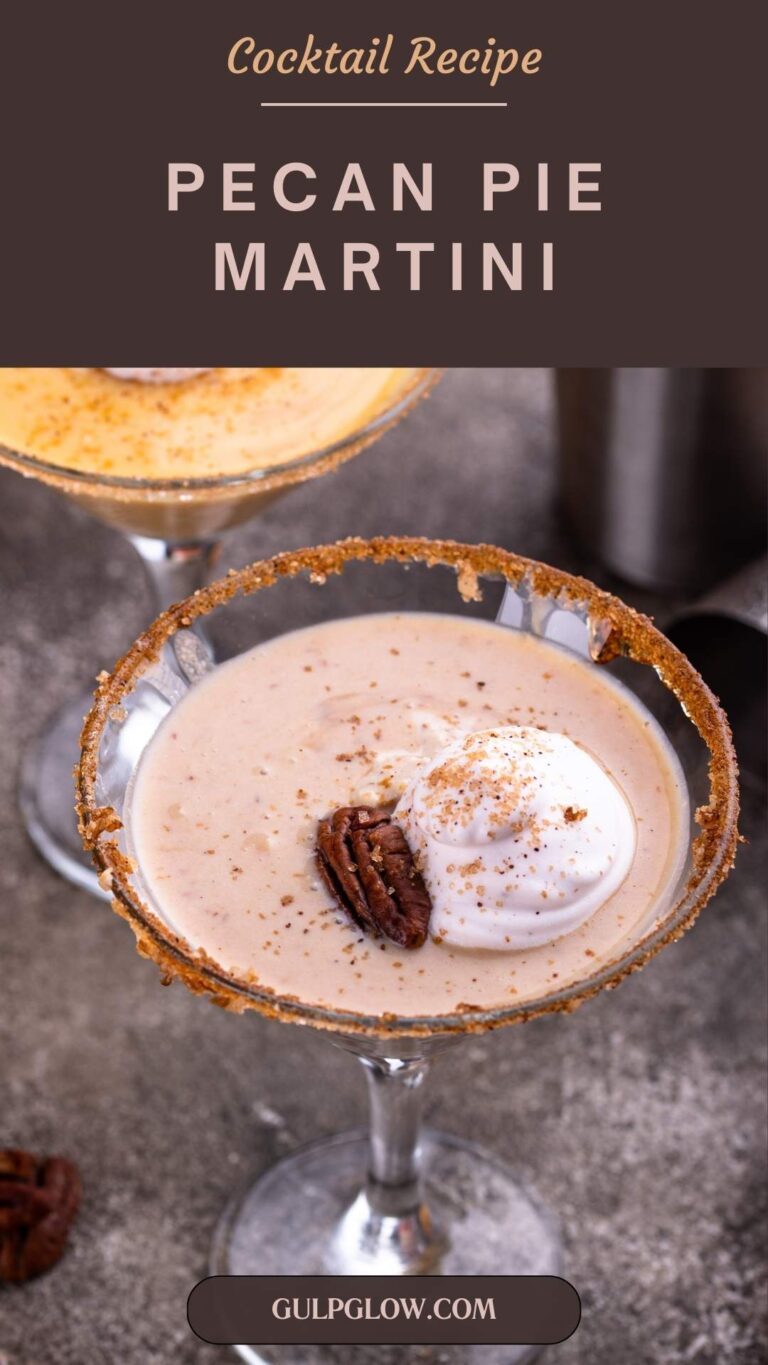French Martini Elegance: A Smooth Sip of Parisian Flair
Some cocktails make their statement with fire and flash. Others charm you with elegance, subtlety, and that unmistakable sense of style. The French Martini falls deliciously into the latter category—a drink that blends fruity sweetness, velvety texture, and a touch of intrigue in every sip. It’s not French by origin, but with a name like that and a flavor profile this smooth, who’s checking passports?
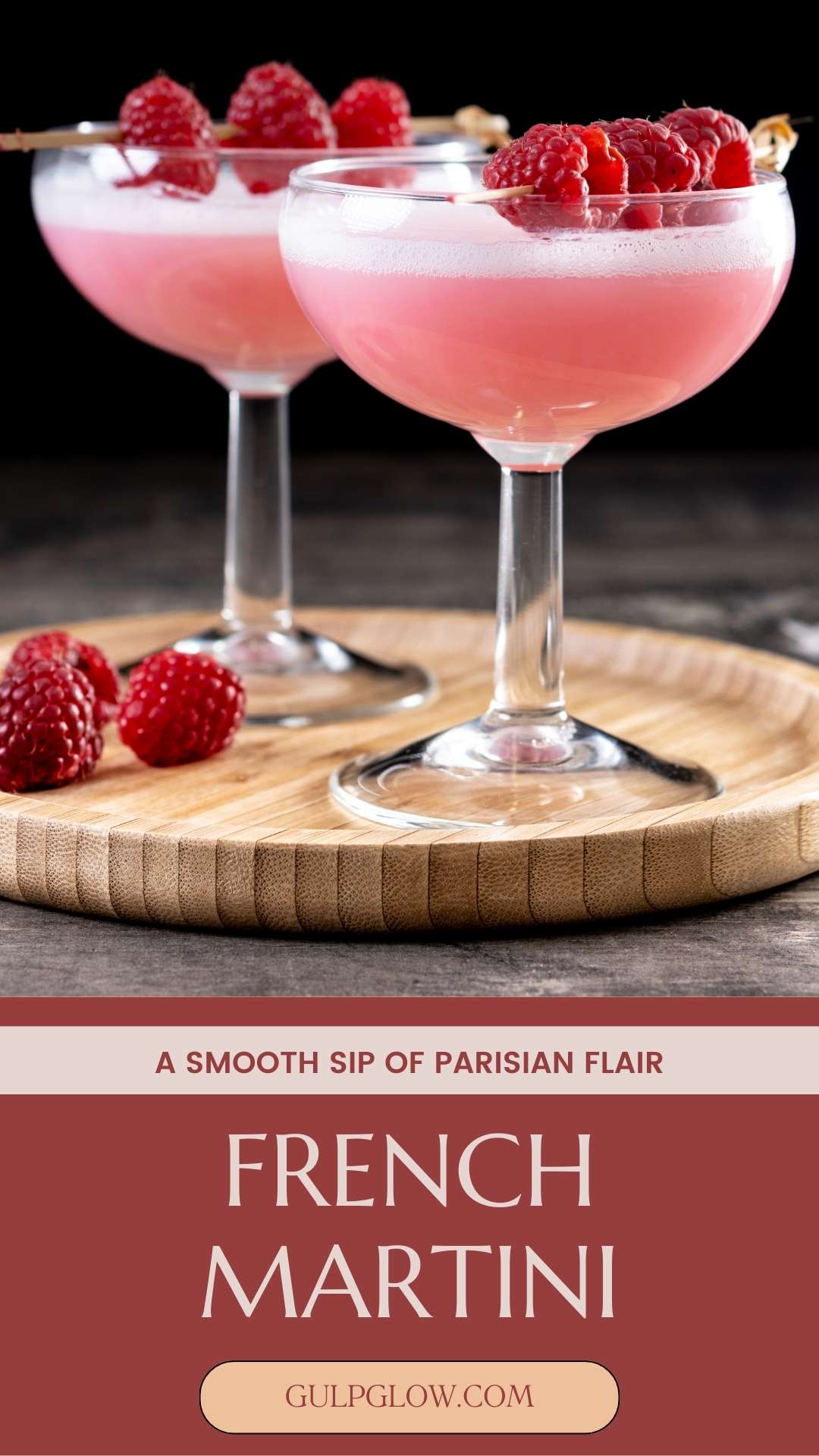
First appearing in the 1980s during the flavored martini craze, the French Martini was part of a movement to make cocktails more playful, colorful, and inviting to a wider audience. It may have gotten lumped in with novelty drinks of the era, but this one had staying power. Why? Because it’s genuinely delicious. Juicy pineapple, rich black raspberry liqueur, and clean vodka come together in a drink that’s balanced, bold, and undeniably stylish.
My first French Martini was handed to me at a rooftop bar in summer—chilled coupe, foamy top, deep golden hue. It was served with confidence, and the taste delivered. Fruity but not cloying, smooth yet with enough character to stand out. It quickly became my go-to for early evening cocktails or as a signature drink at gatherings where something sleek and lightly exotic always hits the mark.
Now it’s your turn to master this modern classic.
Quick Facts: French Martini Cocktail
Method: shaken
Flavor profile: fruity, smooth, tart-sweet
How to serve it: up (no ice)
Glassware: coupe or martini glass
Alcohol content: ~19–21% ABV, ~17–19 grams of alcohol per serving
Ingredients
- 2 oz vodka
- ½ oz Chambord (black raspberry liqueur)
- 1 oz pineapple juice (fresh pressed if possible)
- Garnish: fresh raspberry or lemon twist
Each component brings something special to the table. Vodka provides the clean base—choose a high-quality brand with a smooth finish. Chambord is essential for that signature French flair, with deep notes of black raspberry, vanilla, and a hint of herbs. If you don’t have Chambord, any good crème de cassis or raspberry liqueur can work, though you may need to adjust the sweetness.
Pineapple juice offers the drink’s brightness and a delicate tartness that balances the liqueur. Use fresh-pressed pineapple juice if possible—it creates a light foam when shaken that gives the drink its silky top. Bottled juice works, but aim for 100% juice with no added sugar or concentrate.
For a twist, try infusing your vodka with vanilla or switching to a flavored variant. Passion fruit juice can also be added to replace or blend with the pineapple for a tropical remix.
Equipment Needed
- Cocktail shaker
- Jigger
- Hawthorne strainer
- Fine mesh strainer (optional for a smoother pour)
- Coupe or martini glass
- Citrus press (if using fresh juice)
A chilled coupe or classic martini glass elevates the presentation and preserves the drink’s cold temperature. If using fresh pineapple juice, shaking hard will produce a lovely foam layer—one of the French Martini’s visual trademarks.
Step-by-Step Instructions
1. Chill your glass.
Place a coupe or martini glass in the freezer or fill with ice water while you prep the cocktail.
2. Combine your ingredients.
In a shaker filled with ice, pour:
- 2 oz vodka
- ½ oz Chambord
- 1 oz pineapple juice
3. Shake vigorously.
Shake for 15–20 seconds to properly chill and aerate. A good hard shake is essential—it develops that beautiful foamy crown on top when poured.
4. Strain into your glass.
Double strain into the chilled coupe to achieve a smooth texture and remove any pulp or ice shards.
5. Garnish with flair.
Top with a fresh raspberry dropped gently into the center of the foam, or use a delicate lemon twist for a fragrant finish.
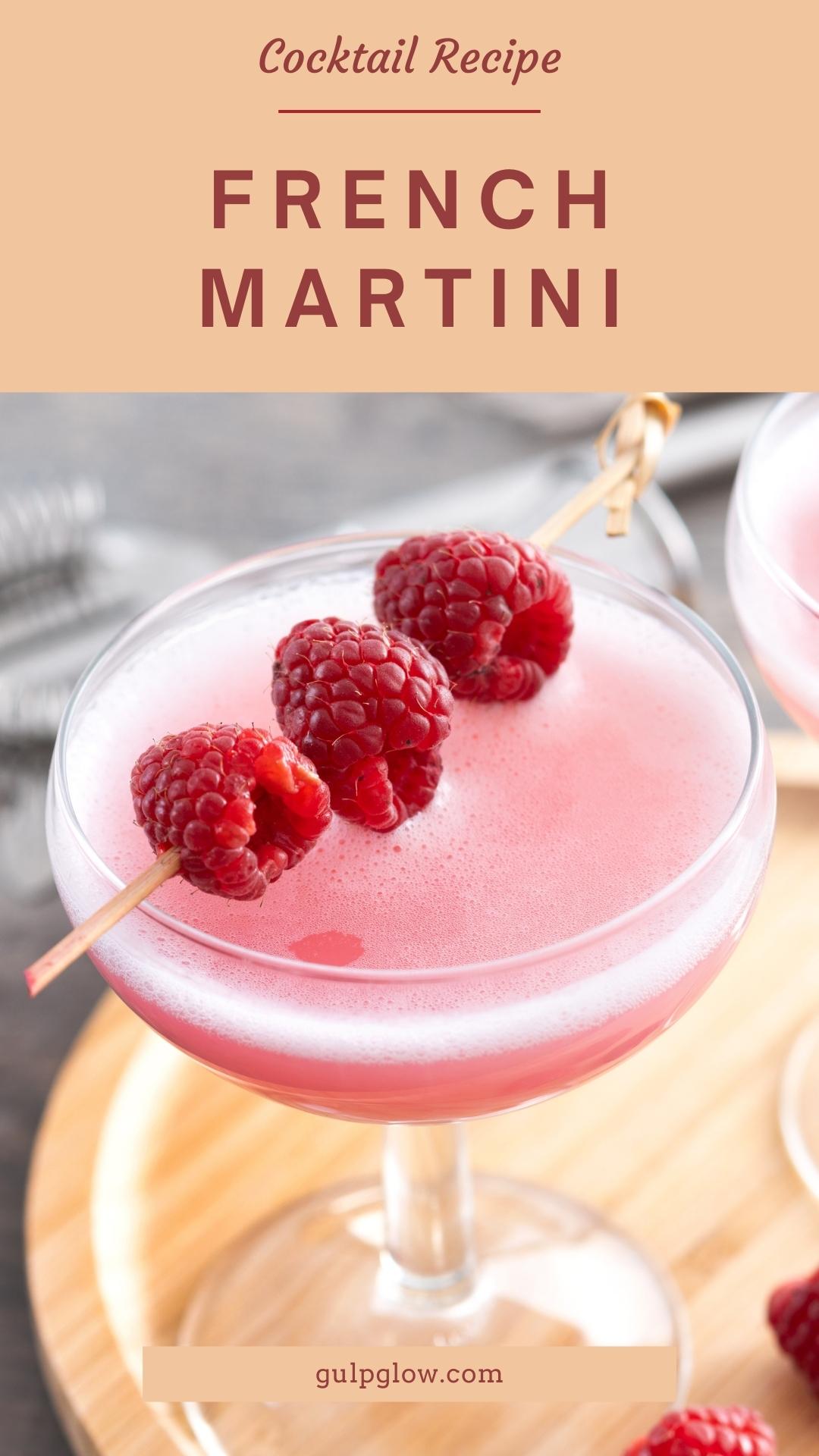
Flavor Profile and Tasting Notes
At first glance, the French Martini might seem sweet, but don’t be fooled—it’s a well-balanced drink with depth. The vodka provides structure and backbone, while the Chambord adds dark berry richness. The pineapple juice introduces tartness and light acidity, making the cocktail refreshing rather than syrupy.
It’s velvety on the palate, slightly creamy thanks to the shaken juice, and finishes with a fruity flourish that lingers without overwhelming.
Pair it with:
- Light appetizers like goat cheese crostini or prosciutto-wrapped melon
- Fruit-based desserts such as panna cotta, raspberry tarts, or pavlova
- Brunch fare including smoked salmon, fresh berries, and lemon ricotta pancakes
- Soft cheeses like brie or camembert, especially with fig or berry preserves
Garnishing and Presentation
Garnishing a French Martini should echo its elegant and modern charm. A single fresh raspberry or a lemon twist is all it needs—but how you present it matters.
Options:
- Drop a raspberry into the center of the foam for a striking, minimalist visual.
- Perch a lemon twist on the rim for a touch of citrus aroma.
- Rim the glass with superfine sugar for a glitzy twist (optional for festive occasions).
- Use edible flowers like a micro orchid or viola for a springtime statement.
Presentation is key. Serve on a small tray with a cocktail napkin and a votive candle nearby if you’re setting the scene at home. It’s a drink that deserves a bit of ceremony.
Pairing Suggestions
The French Martini plays well with dishes that are light, creamy, or fruit-driven.
Savory pairings:
- Brie-stuffed puff pastry
- Sushi rolls with spicy tuna or mango
- Chicken salad with grapes or cranberries
- Shrimp cocktail or lobster rolls
Sweet pairings:
- Raspberry mousse
- White chocolate bark
- Lemon pound cake
- Cheesecake with berry compote
Cheese board pairing:
Go for soft-ripened cheeses, toasted nuts, and dried fruit for an elegant grazing experience.
Cocktail History and Trivia
Despite its name, the French Martini was born in New York, not Paris. It was created in the 1980s by Keith McNally at the bar in his trendy Soho restaurant Balthazar. The name “French” comes from Chambord, a French liqueur made from black raspberries, vanilla, and herbs.
The drink gained popularity during the late ’80s and ’90s, when flavored martinis were having a moment. Unlike many of its neon-colored contemporaries, the French Martini had staying power thanks to its balance of flavor, quality ingredients, and polished presentation.
It’s not a “true” martini (there’s no gin or vermouth), but like the Espresso and Appletini, it uses the martini glass as a stylistic nod to elegance. And today, it continues to be a staple on modern cocktail menus, often leading the charge in the “retro-chic” revival of ’90s drinks.
Serving Suggestions
The French Martini is ideal for evening cocktails, date nights, or celebratory brunches. It’s a fantastic starter cocktail—light enough to kick off the evening, but flavorful enough to make a strong first impression.
For a party or event, consider serving mini French Martinis in coupe shots as a welcome drink. Pre-batch the vodka and Chambord, and add fresh pineapple juice and shake right before serving to preserve the foam.
Serve cold and freshly shaken. This isn’t a cocktail to sip slowly while it warms—it’s best when chilled, crisp, and creamy right from the pour.
Alcohol Content and Alternatives
The French Martini typically clocks in at 19–21% ABV, depending on your exact pour and the brand of liqueur. It tastes lighter than it is, so pace yourself if you’re enjoying more than one.
To lighten it:
- Reduce the vodka to 1.5 oz and increase the juice slightly
- Top with sparkling water or Prosecco for a bubbly riff
Non-alcoholic version:
- 1 oz raspberry syrup
- 2 oz pineapple juice
- 1 oz lemon juice or white grape juice
Shake with ice and strain into a chilled coupe. Garnish with a raspberry or lemon peel.
You can also experiment with flavored vodkas—vanilla, citrus, or berry—to add another layer of depth to the drink.
Frequently Asked Questions (FAQ)
Can I use bottled pineapple juice?
Yes, but go for 100% juice with no added sugar. Fresh-pressed gives better flavor and a creamier foam when shaken.
Is there a substitute for Chambord?
Yes—other raspberry or blackcurrant liqueurs like crème de cassis, Giffard framboise, or even raspberry schnapps can be used. Adjust sweetness accordingly.
Why is it called a martini?
It’s served in a martini glass and follows the “modern martini” naming trend. It doesn’t follow the classic martini formula.
How do I get that foamy top?
Shake hard with fresh pineapple juice. The natural enzymes in pineapple create a gentle froth when properly agitated.
Can I batch it ahead of time?
You can mix the vodka and Chambord in advance, but always add fresh pineapple juice and shake right before serving for best texture and foam.
French Martini Cocktail Recipe
Ingredients
2 oz vodka
½ oz Chambord
1 oz pineapple juice
Garnish: raspberry or lemon twist
Directions
- Chill a coupe or martini glass.
- Shake vodka, Chambord, and pineapple juice with ice.
- Double strain into the chilled glass.
- Garnish with a raspberry or lemon twist.
- Serve immediately.
Conclusion
The French Martini is proof that elegance doesn’t require complexity. It’s a cocktail that’s easy to make but rich in flavor, smooth in texture, and always impressive in presentation. Whether you’re channeling a rooftop in Manhattan or a sunset terrace in Paris, this drink brings a touch of chic to any occasion.
